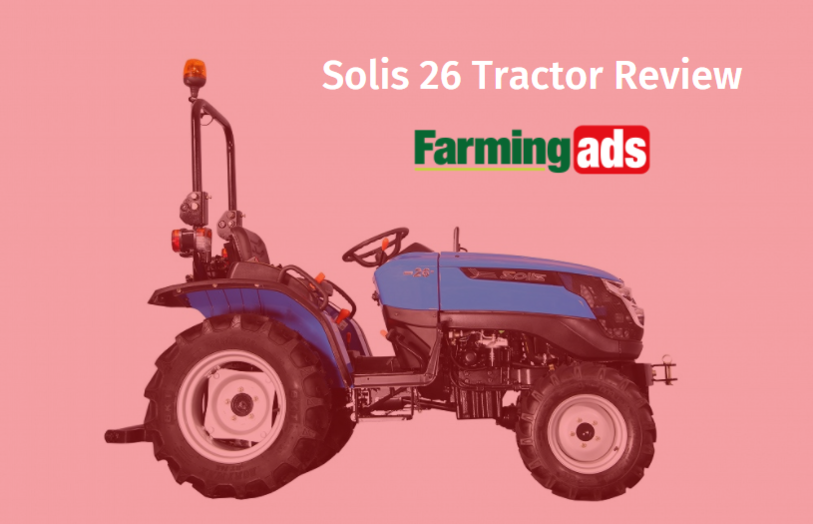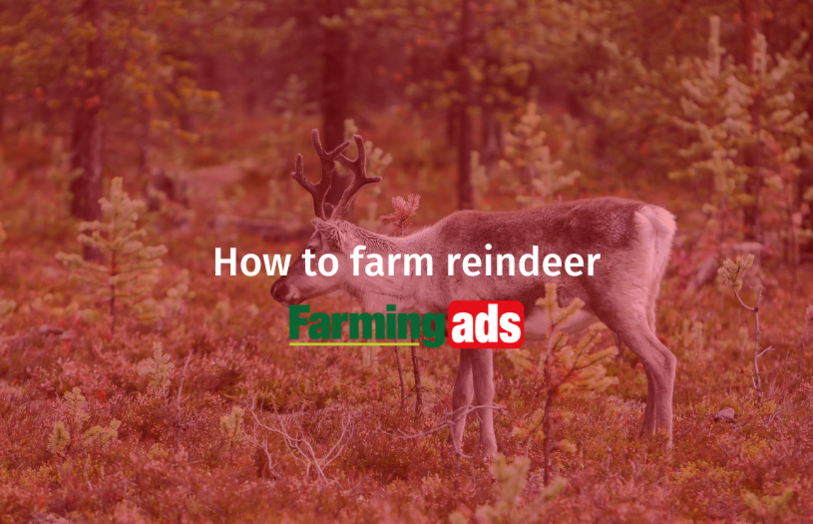
Solis 26 tractor review
Advice
Build your business profile for FREE and expose your services to thousands of potential clients!
Create my profile now!
If you decide to farm reindeer, then you should be aware of the care requirements for these beautiful animals. The care required for reindeer is far different from the necessary care required for most other animals, as they aren’t strictly domestic.
These animals aren’t too reliant on humans, which means that it’s important you look after them properly meaning they can keep healthy and grow better antlers. Properly farming reindeer requires plenty of care and knowledge, so read on for more advice.
Under the Animal Welfare Act, all keepers have a duty of care to ensure the welfare of their animals.
If you are caring for deer, then you’ll need to ensure that you meet the good agricultural and environmental conditions of the Statutory Management Requirements. These rules refer to the overgrazing and supplementary feeding of the deer.
You must ensure that you don’t allow your livestock to overgraze on natural or semi-natural vegetation. You must also ensure that you don’t carry out unsuitable supplementary feeding unless it’s vital to ensure the animal can survive during periods of extreme weather. Supplementary feeding is considered unsuitable when trampling and churning of the ground by the animals or the vehicles used to transport the feed is detrimental to the natural vegetation.
It’s essential that you maintain high standards for animal health and welfare on your farm for efficient production, managing the risk of disease and ensuring consumer confidence in your product.
To care for reindeer adequately, provide extra hay and grain if need be. Reindeer usually need dry matter in the quantity of 2.1% of their own weight. In growth or lactation periods this figure changes to 4.7%.
In order to identify individual reindeer, you’re permitted to use ear clipping, notching or tagging as well as microchipping, and tattooing on deer at any age. You’re also permitted to control the reproduction of your deer by castration, the implantation of a subcutaneous contraceptive or by vasectomy.
Deer farmers are also permitted to remove the non-sensitive part of the antlers that aren't in velvet from farmed deer or deer kept on land in the same manner as if they were farmed deer - if that makes sense?
All of the previously mentioned procedures are permitted, however, that doesn’t mean that they can be carried out by people who are not veterinary surgeons.
If you’re caring for reindeer then you’re required to ensure that they receive a daily diet which is adequate to maintain the animal’s health and well-being.
Any feeds that you use for other ruminant livestock are generally suitable for adult reindeer. However, you must be careful to ensure that the compound feeds don’t include any substance that could be harmful to deer.
It’s also worth bearing in mind that deer tend to eat less in the winter. Therefore, you should take extra care to ensure that the animals are well looked after and are in good condition before and during this period.
As with all farmed animals, you are also required to ensure that your reindeer have access to fresh, clean water.
Deer calves should receive colostrum from their dams, and should therefore have suckled before weaning. Calves can subsequently be artificially reared. During the first five to eight weeks of life calves should receive liquid food, of a type suitable for this species, for example sheep or goat milk or milk substitute. (Calf food substances formulated for bovines are not suitable.) Such calves should have access to a palatable feed compound and clean water and also have access to roughage from an early age.
If you’re going to bring in a change of diet for your deer, then these changes need to be introduced gradually. Any sudden changes may cause digestive problems and can even result in death.
Arrangements should be made in advance to ensure that adequate supplies of suitable food are made available to deer in emergencies (e.g. in heavy snow).
Seeing as deer aren’t well insulated, they can become particularly sensitive to weather conditions. This means that if there isn’t enough natural shelter available to the animals, you should provide them with some suitable artificial shelter.
Calving hinds and calves tend to seek solitude in natural cover, for example in patches of bracken. Where this is absent, suitable cover should be provided well in advance of calving so that the hind is used to her surroundings.
When it comes to housing, adult deer usually don’t require any, however, provisions should be made for bullied, injured or sick animals to be able to receive protection and be separated. Preferably, if you’re going to separate these animals, they should be put somewhere where they can see the other reindeer.
Considerations for housing should be made on farms where severe climatic conditions are common or where competition for grazing or food occurs. If this is the case for you, then special consideration should be given to the housing of calves. When it comes to housing your deer, most conventional farm buildings can be used, however, some may require modification. If you are housing your deer, it’s worth seeking advice from experts on the welfare aspects.
